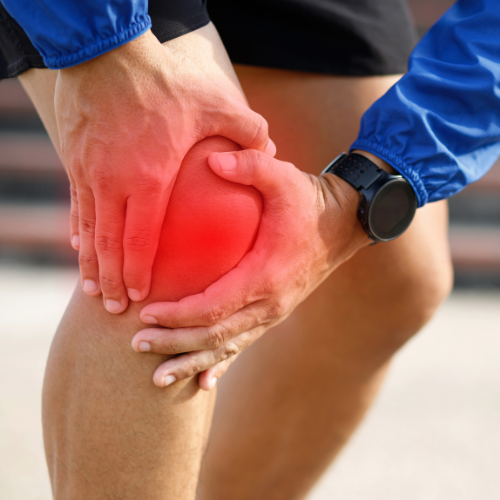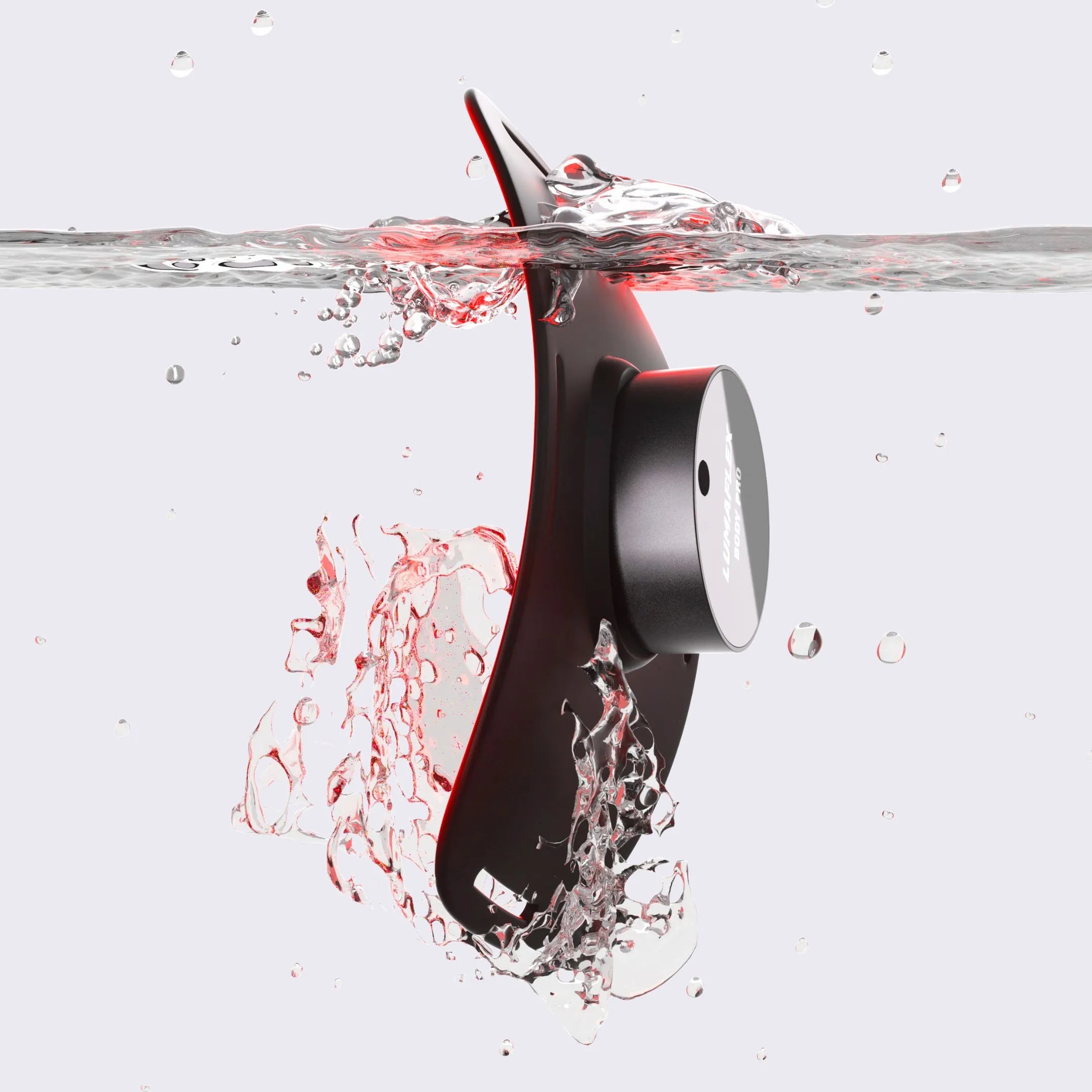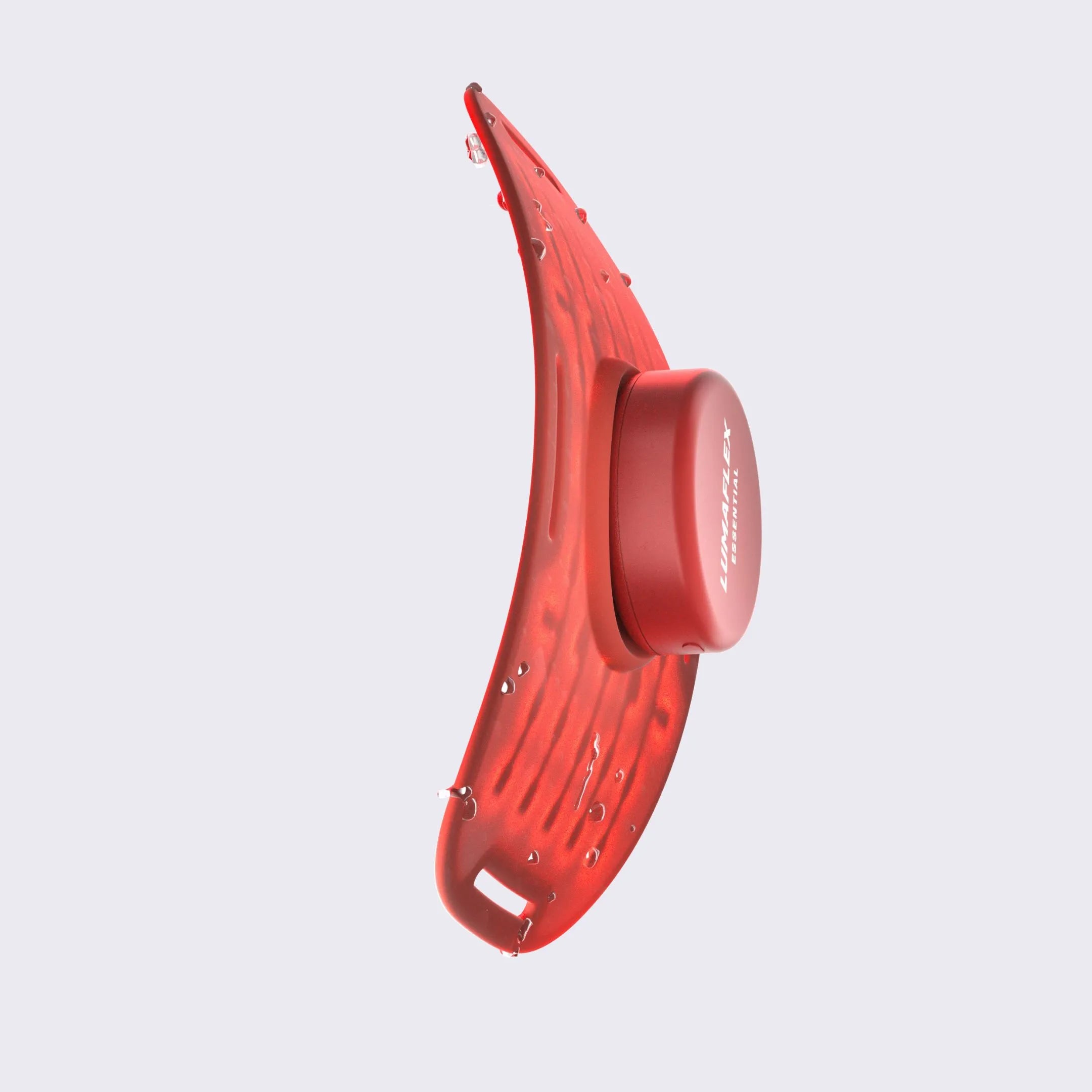Can Cartilage Regrow Naturally? Joint Health, Therapies & New Research
Can Cartilage Regrow? What Science Really Says
Can cartilage regrow naturally? If you have stiff knees or sore joints, you’ve probably wondered if the body can repair this smooth tissue on its own. The truth is, cartilage has a very limited ability to heal. Unlike skin or bone, it doesn’t have blood vessels, which means damaged areas often remain weak instead of repairing themselves. This is one reason why joint pain and arthritis can feel so persistent over time.
That doesn’t mean the story ends there. Scientists are studying cartilage regeneration and exploring new therapies that encourage joint cartilage repair. Treatments such as stem cell therapy, platelet-rich plasma, and lab-grown cells are showing signs of promise, even though they are still developing. At the same time, the way you care for your body can make a difference. Nutrition, exercise, and everyday habits all play a role in protecting the cartilage you have and slowing further breakdown.
In this article, you’ll learn why cartilage struggles to regrow, what natural approaches may help support joint health, which medical treatments are available today, and how research is shaping the future of cartilage repair.

Table of contents
What Is Cartilage and Why Is It So Hard to Regrow?
Cartilage is one of the most important tissues for keeping your joints healthy. It acts as a smooth, flexible layer that cushions the ends of your bones, absorbs shock, and reduces friction every time you move. Whether you are climbing stairs, bending down, or taking a walk, cartilage works quietly in the background to make sure your joints move without pain.
Types of Cartilage Tissue
Cartilage is not all the same. The human body has three main types, each with a different role:
Articular cartilage covers the ends of bones in joints such as the knees, hips, and shoulders. This type is often linked to injuries and arthritis because it carries much of the load during movement.
Fibrocartilage is tough and dense. It is found in areas that need to handle heavy pressure, such as the meniscus in the knee or the discs in the spine.
Elastic cartilage is flexible and springy. It gives structure to the ears, nose, and parts of the airway.
These three types work together to protect your joints, support movement, and absorb the impact of daily activity.

Why Cartilage Has Trouble Healing
Cartilage repair is much harder than healing in skin or bone. The reason is that cartilage is avascular, meaning it has no blood supply of its own. Blood vessels normally deliver oxygen, nutrients, and repair cells to an injury. Since cartilage lacks this system, it cannot draw on the body’s healing resources in the same way.
Research from the National Library of Medicine highlights that the absence of blood flow is the main reason cartilage damage heals so slowly. The cells inside cartilage, called chondrocytes, work at a limited pace and cannot keep up with the constant wear and tear that joints go through.
You can think of it like a tire losing its tread. Small areas of damage do not repair themselves. Instead, they gradually build up, leaving the surface weaker over time.
This is why cartilage injuries are difficult to reverse and why taking care of your joints early is one of the best ways to protect them for the future.
Can Cartilage Regrow Naturally in the Body?
Many people ask if it is possible to restore cartilage naturally once it wears down. The truth is that natural cartilage regeneration in adults is very limited. Unlike bone, which can repair itself after a fracture, or skin that quickly closes after a cut, cartilage has almost no built-in system for self-repair. Once cartilage is injured, it rarely regrows in a way that restores full strength or function.
Why the Body’s Capacity Is So Limited
Children have a higher ability to heal cartilage, but this fades with age. By adulthood, joints lose most of their natural repair potential. Some parts of the body do better than others. Rib cartilage, for example, shows a small ability to regenerate, which is why surgeons sometimes use it for grafting.
In contrast, the cartilage in weight-bearing joints such as the knees and hips has almost no ability to repair naturally. Unfortunately, these are also the areas most likely to develop arthritis and long-term joint pain.
What We Learn from Animal Studies
Animal research gives clues about what might be possible in the future. Salamanders can regrow cartilage and even entire limbs. A 2021 paper in Current Topics in Developmental Biology confirmed this. Certain strains of mice also show partial cartilage repair, according to a 2017 study. These findings inspire scientists to explore new therapies, but humans do not share the same biology. The unique structure of human cartilage and the constant pressure from our joints make large-scale regrowth unlikely.
Natural Ways to Protect the Cartilage You Have
Even though you cannot expect your body to rebuild cartilage on its own, you can protect what you already have and slow the rate of breakdown. Some natural ways to protect cartilage include:
Eat cartilage healing foods such as salmon, walnuts, and bone broth. These provide omega-3 fatty acids, collagen, and other nutrients that support joint health.
Stay active with low-impact exercise like swimming, cycling, or yoga. These activities strengthen muscles around your joints while reducing stress on the cartilage.
Maintain a healthy weight to limit the pressure on knees, hips, and ankles.
The bottom line is that while cartilage cannot regrow naturally in adults, your daily lifestyle choices can influence how quickly it breaks down. You can preserve cartilage health for longer and protect mobility well into the future by following proper self-care.
Natural Ways to Support Cartilage Health
While medical treatments can help in certain cases, most people want to know what they can do day to day to keep their cartilage strong. The good news is that while you cannot completely regrow cartilage naturally, there are lifestyle choices, foods, and supplements that can help protect and support the tissue you already have.
Eat Foods That Support Cartilage
Diet plays a direct role in cartilage health. Some foods contain nutrients that reduce inflammation, promote joint lubrication, and provide the raw materials for cartilage structure:
Omega-3-rich foods such as salmon, sardines, chia seeds, and walnuts can reduce joint inflammation.
Collagen and gelatin sources like bone broth, chicken skin, and certain cuts of meat may support cartilage structure.
Vitamin C-rich fruits and vegetables (oranges, bell peppers, broccoli) help the body produce collagen, a key component of cartilage.
Leafy greens provide vitamin K and calcium, both important for bone and joint stability.
These are sometimes referred to as cartilage healing foods because they give your body the nutrients it needs to preserve joint function.

Consider Supplements for Cartilage Health
Several supplements are marketed as natural remedies for cartilage repair. While research results vary, some have shown potential benefits:
Glucosamine and chondroitin are compounds naturally found in cartilage. Some studies suggest they may reduce symptoms of arthritis and slow cartilage loss.
Collagen peptides may help support cartilage strength and improve joint comfort.
Turmeric (curcumin) has anti-inflammatory properties that may ease pain and stiffness.
Omega-3 fish oil supplements can complement a diet low in fatty fish.
Before starting supplements, it is wise to speak with a healthcare professional, since results depend on the individual.
Stay Active with the Right Exercises
Movement is essential for joint health, but high-impact activity can wear cartilage down more quickly. The best approach is low-impact exercise that strengthens the muscles around your joints while reducing stress:
Swimming and water aerobics
Cycling
Yoga and Pilates
Walking on even ground
These activities improve circulation, strengthen supporting muscles, and keep joints lubricated without adding excess strain.
Maintain a Healthy Weight
Extra body weight increases the load on cartilage, especially in the knees, hips, and lower back. Even a modest weight loss can significantly reduce stress on joints and slow down cartilage breakdown.
The Verdict
You cannot fully restore cartilage naturally, but you can create conditions that help protect and maintain it. By combining a nutrient-rich diet, targeted supplements, regular low-impact exercise, and healthy weight management, you give your cartilage the best chance to stay strong for the long term.
Medical Treatments That Aim to Repair or Regrow Cartilage
When cartilage damage is too advanced for lifestyle changes alone, medical treatments become the next step. These therapies focus on reducing pain, restoring mobility, and in some cases, stimulating cartilage regeneration therapy. While no single procedure can perfectly regrow original cartilage, advances in regenerative medicine continue to improve outcomes.
Microfracture Surgery
Microfracture surgery is one of the earliest techniques developed for cartilage repair treatments . During the procedure, a surgeon creates small holes in the bone beneath the damaged cartilage. This allows bone marrow cells to seep into the joint and form new tissue. The tissue that grows is fibrocartilage, which is tougher and less elastic than natural articular cartilage. It can reduce pain and improve mobility, but often wears down faster than the original tissue.
Autologous Chondrocyte Implantation (ACI)
Autologous chondrocyte implantation (ACI) is a more advanced approach. A small sample of healthy cartilage is taken from the patient, and the cells are grown in a laboratory. These cells are then re-implanted into the damaged area, where they continue to grow and produce new cartilage-like tissue. ACI is usually offered to younger patients with isolated cartilage injuries, since it works best when damage is limited rather than widespread.
Osteochondral Grafts
In some cases, surgeons use osteochondral grafting to repair cartilage. Healthy cartilage and underlying bone are taken either from another part of the patient’s joint (autograft) or from a donor (allograft) and transplanted into the damaged site. This technique replaces the injured area with actual cartilage, but it can be limited by donor availability and the size of the defect.
Stem Cell Therapy for Cartilage
Stem cell therapy for cartilage regeneration is one of the most promising frontiers. Stem cells, typically derived from bone marrow or adipose (fat) tissue, can develop into cartilage-like cells. When injected into joints, they may reduce inflammation, improve lubrication, and stimulate limited repair. Current research is encouraging, but results vary and the therapy is still considered experimental in many clinics.
Platelet-Rich Plasma (PRP) Injections
PRP injections for cartilage damage are another popular option. PRP is created by drawing a patient’s blood, spinning it to concentrate platelets, and injecting the solution into the affected joint. The platelets release growth factors that support healing, reduce inflammation, and may slow cartilage degeneration. While PRP does not regrow cartilage, it often improves pain and mobility, especially in early stages of osteoarthritis.

Joint Replacement as a Final Step
When cartilage damage is severe and no other options are effective, joint replacement surgery is considered the last resort. In this procedure, the damaged joint surface is replaced with artificial materials designed to mimic natural movement. While it does not regenerate cartilage, it provides lasting pain relief and restores function for many patients with advanced arthritis.
What You Need to Keep in Mind
There is no single medical treatment that can fully regrow cartilage in joints . However, options such as microfracture surgery, ACI, stem cell therapy, and PRP injections can provide pain relief, improve mobility, and in some cases stimulate limited repair.
As research continues, future therapies may offer more complete cartilage regeneration, but for now, treatment focuses on slowing damage and restoring function.
Cutting-Edge Research: The Future of Cartilage Regeneration
Science is moving closer to unlocking the ability to fully regrow cartilage in joints. While current treatments provide partial solutions, researchers are testing innovative methods that could one day restore cartilage almost as effectively as the original tissue.
3D Bioprinting Cartilage
One of the most exciting frontiers is 3D bioprinting. Using specialized printers, scientists can create scaffolds made of biocompatible materials seeded with living cells. These scaffolds mimic the structure of cartilage and encourage cells to grow into fully functional tissue. Early studies suggest that 3D-printed cartilage may eventually be used to repair localized joint damage or even replace larger areas of worn cartilage.
In 2024, a study from Northwestern University showed that 3D-printed cartilage successfully integrated into sheep knees, working almost like natural tissue after several months.
Gene Therapy Approaches
Gene therapy for cartilage repair aims to modify cells so they produce the proteins and growth factors needed for regeneration. By reprogramming a patient’s own cells, scientists hope to overcome the natural limitations of cartilage healing. While still in the experimental stage, this research could pave the way for therapies that directly trigger the body to repair damaged joints.
In one study from the National Library of Medicine, researchers delivered a gene known as SOX9, which plays a big role in cartilage growth. Mice treated with this therapy showed significantly more regrowth than untreated ones. For humans, the idea is still in early testing. Safety trials will be key before doctors can bring this treatment into practice.
Tissue Engineering and Growth Factors
Another promising area is tissue engineering , which combines scaffolds, growth factors, and living cells to rebuild cartilage. Growth factors such as transforming growth factor-beta (TGF-β) and bone morphogenetic proteins (BMPs) are being studied for their ability to stimulate chondrocytes, the cells that maintain cartilage. Delivering these factors directly into joints may enhance natural repair mechanisms.

The Future of Cartilage Regeneration (Enhanced with Red Light Therapy)
Medical researchers are exploring bold new strategies with the potential to restore cartilage more completely, not just slow its wear. Among these emerging therapies, red light therapy (also known as photobiomodulation or PBM) is gaining attention for its anti-inflammatory and regenerative effects.
Photobiomodulation (Red Light Therapy) for Cartilage Repair
Red light therapy, a non-heat, low-intensity light treatment, has shown effectiveness in preserving cartilage and reducing degeneration in animal models:
In a study with rats modeled to have osteoarthritis, PBM using a 630 nm LED applied three times per week for eight weeks led to restored cartilage thickness and chondrocyte counts comparable to healthy controls, while also boosting antioxidant enzyme activity and reducing oxidative stress.
A broader systematic review that examined in vitro and in vivo studies of light therapy for knee osteoarthritis found that it slows extracellular matrix degradation, lowers inflammation, and boosts cartilage synthesis. Improvements were seen in biochemical and tissue-level indicators, suggesting meaningful repair potential.
In osteoarthritic rats, PBM using an 850 nm LED enhanced the expression of collagen type II and TGF-β, key markers of cartilage health. The results showed better tissue organization and resisted cartilage degeneration.
Additional models have found that red-light laser treatments reduce cartilage degradation, increase proteoglycan and glycosaminoglycan levels, and lower inflammatory markers, all signs of mitigated joint deterioration.
Enhancing Chondrogenesis via PBM
Red light therapy might benefit stem cell–based cartilage repair by improving cell function:
A 2024 study found that exposing human meniscus-derived stem cells to 660 nm LED light at an energy density of 18 J/cm² increased their proliferation and chondrogenic activity. This included elevated expression of cartilage-related genes such as SOX9, Aggrecan, and COL2A1.
Similarly, adipose-derived stem cells exposed to 635 nm PBM exhibited significantly larger cartilage-like pellet growth and stronger collagen type II staining compared to untreated controls, particularly in cells that initially had low chondrogenic potential. That suggests PBM could help restore cartilage regenerative capacity.
Why the Biology Supports It
At its core, red light therapy works by targeting cytochrome c oxidase in mitochondria, triggering a surge in ATP production, reactive oxygen species, and key cell signaling pathways. This cascade can improve cell repair, reduce inflammation, and support regeneration.

Frequently Asked Questions About Cartilage Regeneration
Can cartilage regrow naturally in the body?
Cartilage has very little ability to regrow on its own. Unlike bone or skin, cartilage lacks a blood supply, which means it doesn’t get enough oxygen and nutrients to heal effectively. Small areas may show limited repair, but significant cartilage damage rarely regenerates naturally.
What is the best treatment for damaged cartilage?
Current medical treatments focus on slowing damage, relieving pain, and stimulating partial repair. Options include physical therapy, hyaluronic acid injections, platelet-rich plasma (PRP), and stem cell therapy. In severe cases, surgery such as microfracture, mosaicplasty, or joint replacement may be considered.
Can red light therapy help cartilage regenerate?
Research suggests red light therapy, also known as photobiomodulation, may protect cartilage and support regeneration. Animal studies show it helps preserve cartilage thickness, reduces inflammation, and stimulates cartilage-building genes in stem cells. While it’s not yet a cure, it is being studied as a supportive therapy for long-term joint health.
Which supplements support cartilage health?
Nutrients like collagen, glucosamine, chondroitin, omega-3 fatty acids, and vitamin D may support joint health by reducing inflammation and aiding cartilage maintenance. While supplements can help protect what you have, they do not fully regrow lost cartilage.
How long does it take for cartilage repair treatments to work?
Timelines vary depending on the approach. Non-surgical methods like red light therapy, PRP, or stem cells may take several weeks to months to show results. Surgical repairs may require six months or longer of recovery before significant improvement is noticed.
Is there hope for complete cartilage regeneration in the future?
Yes. Advances in 3D bioprinting, stem cell therapy, tissue engineering, and red light therapy are bringing science closer to creating reliable cartilage regeneration methods. While these options are not yet widely available, they represent a promising future for joint repair.
Conclusion: Can Cartilage Truly Regrow Naturally?
Cartilage is one of the most essential yet fragile tissues in the body. Once damaged, it has very limited capacity to repair itself. That’s why conditions like osteoarthritis remain so challenging. The body simply cannot restore cartilage naturally in a meaningful way.
Still, science is making progress. Lifestyle choices such as proper nutrition, low-impact exercise, and weight management can protect existing cartilage and slow degeneration. Medical treatments like PRP, stem cell therapy, and cartilage grafting offer more advanced options for those with significant damage.
On the frontier of research, therapies such as red light therapy are showing encouraging results. Studies suggest it may reduce inflammation, support cartilage thickness, and even enhance stem cell activity related to joint repair. While not a cure, it represents a non-invasive approach with the potential to complement both lifestyle changes and medical treatments.
The question “can cartilage regrow naturally?” does not yet have a simple yes. But the answer is shifting. With continued research into regenerative medicine, 3D bioprinting, and photobiomodulation therapies, the future of joint health looks far more promising than it did a decade ago.
If you are looking to protect your joints today, focus on what you can control: keep moving, eat nutrient-rich foods, maintain a healthy weight, and explore safe supportive therapies. While we wait for science to deliver full regeneration, these steps can help preserve cartilage and mobility for the long run.
Related Readings
- How Light Therapy Can Alleviate Arthritis Pain
- Red Light Therapy for Pain 101: Benefits and How It Works
- 1064nm-LLLT Induced Osteogenic Repair
- Synergistic Effects of Concentrated Growth Factor and 1064 nm Low-Level Laser Therapy on Bone Healing
- Light Therapy for Knee Osteoarthritis in Elderly Patients
- Effects of 630 nm Low-Level Laser Therapy on Brown Adipose Tissue in Rats
- Scalp Psoriasis and Psoriatic Arthritis Diet: Healing Foods vs. Triggers
- A Meta-analysis: Red Light Therapy at 630nm for Chronic Pain
- How Often Should You Do Red Light Therapy? Safe Daily Use & Results Timeline
- The Gold Standard: FDA Cleared Red Light Therapy Devices for Serious Biohackers
































